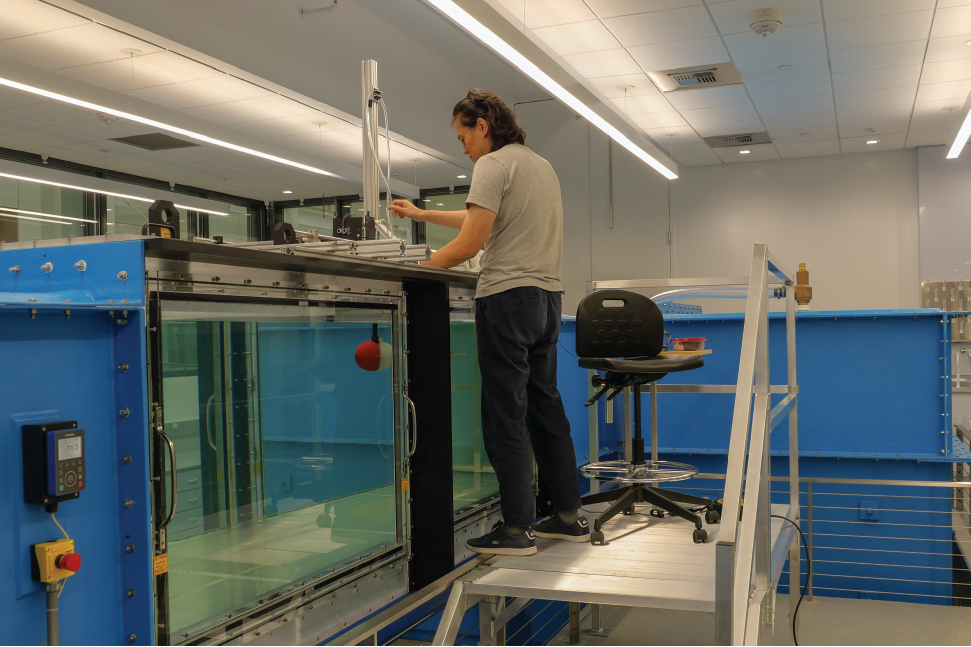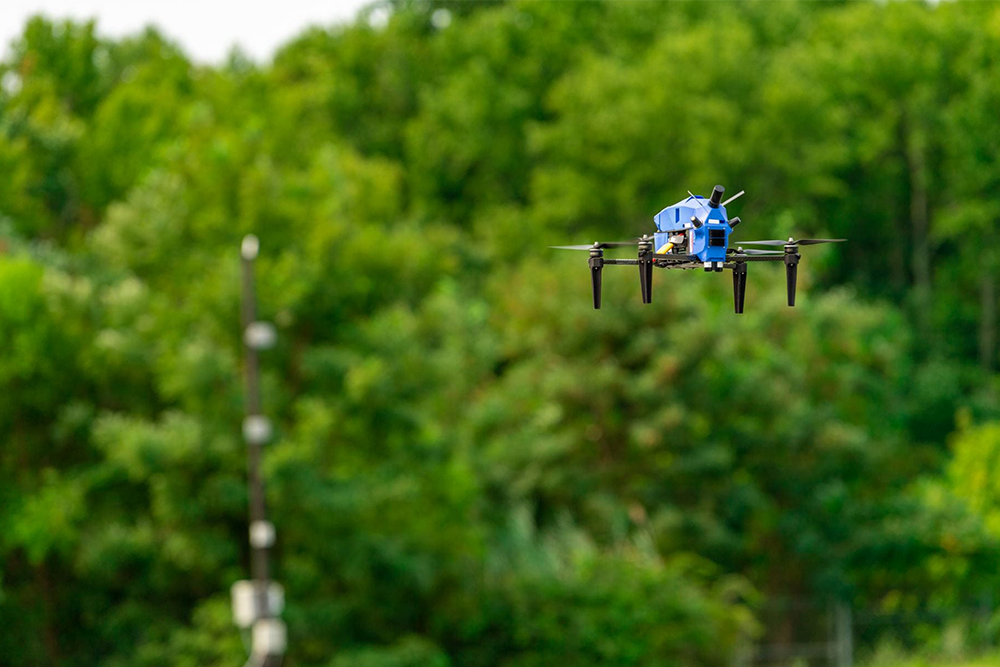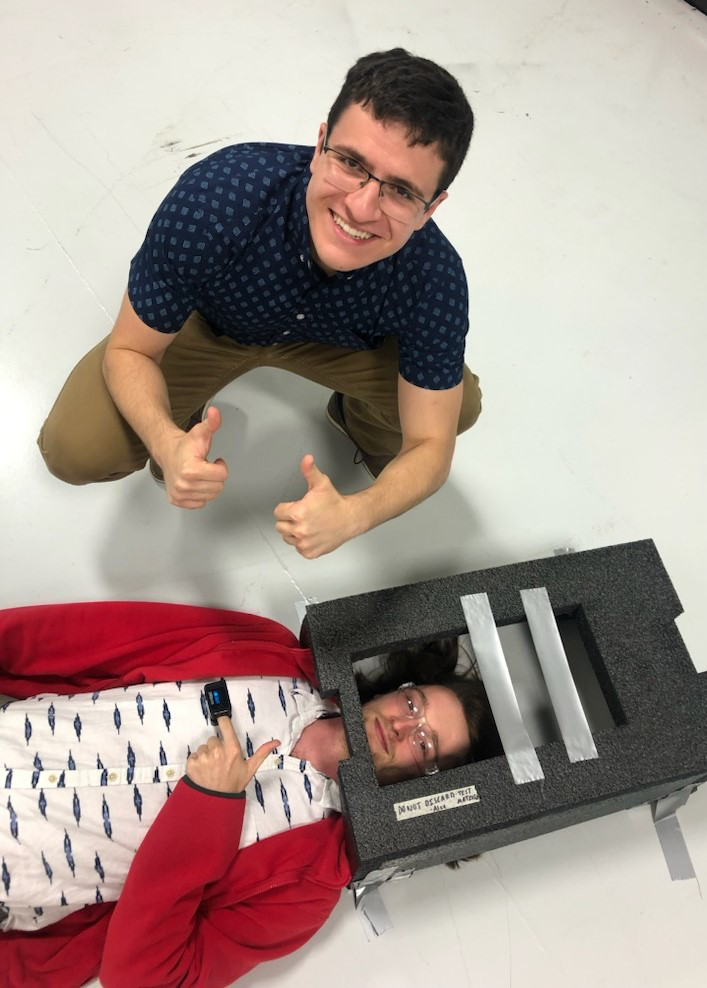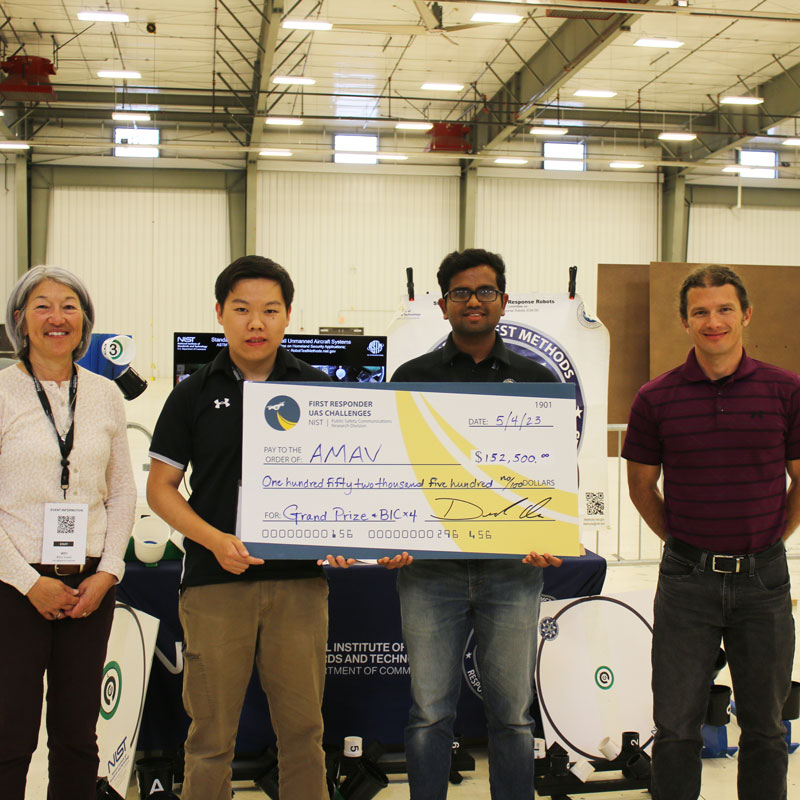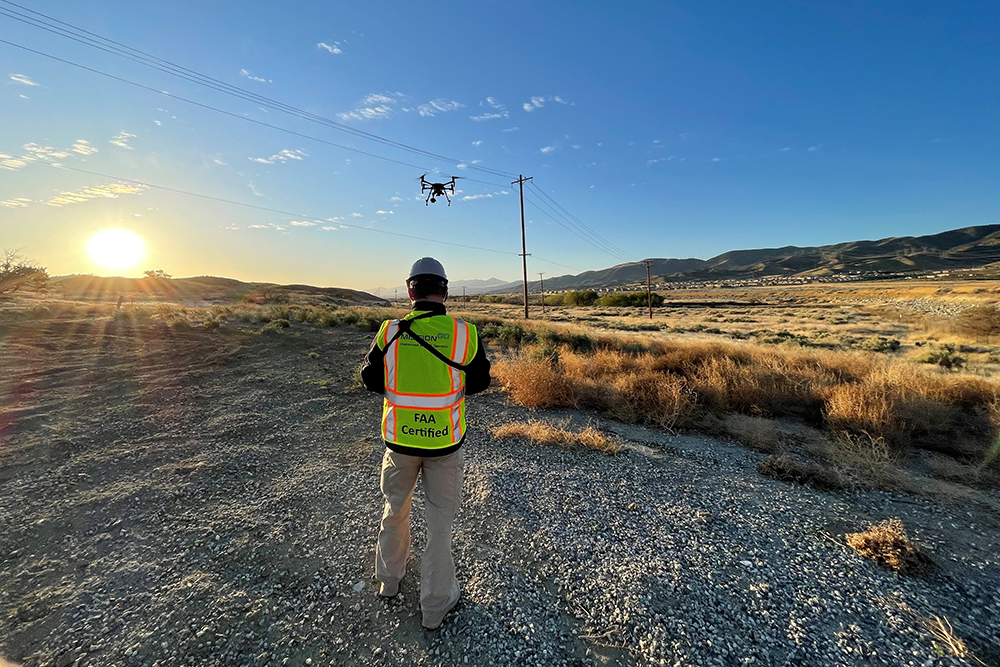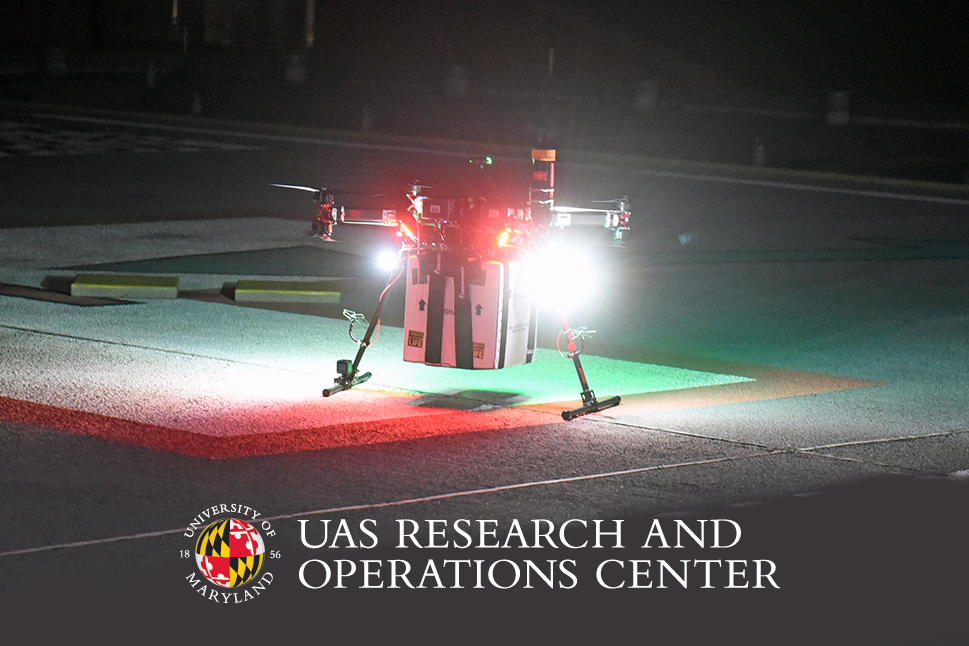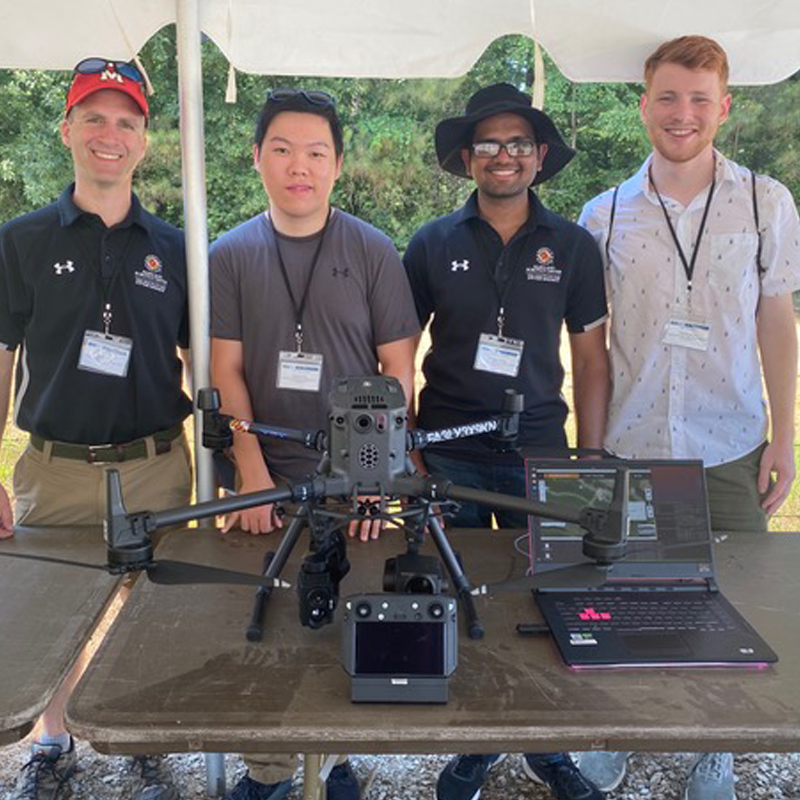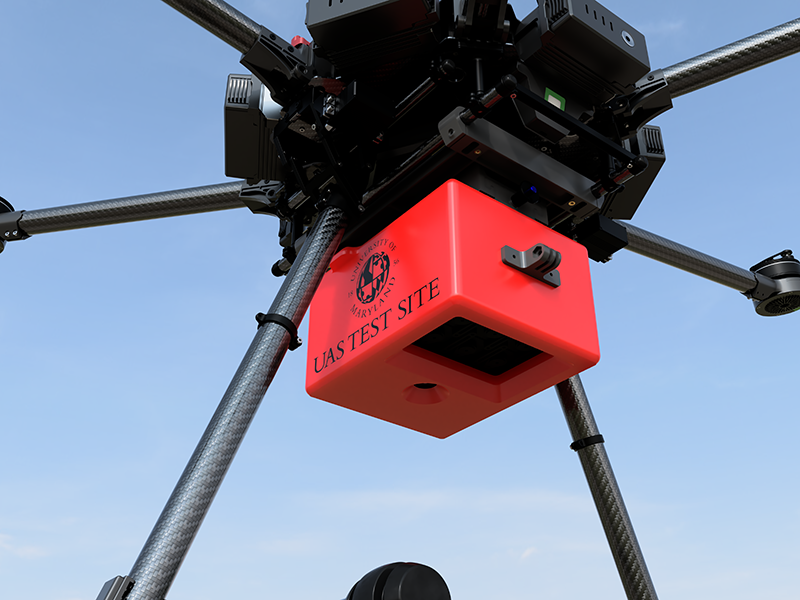News Story
New undergraduate minor in robotics and autonomous systems
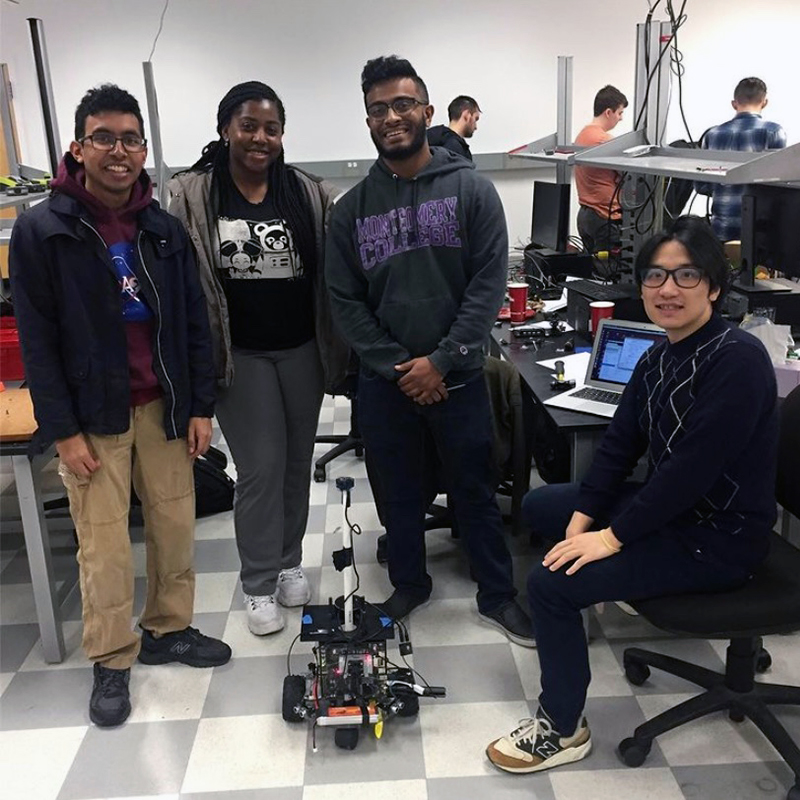
Starting in Fall 2021, the University of Maryland will offer a new undergraduate minor in Robotics and Autonomous Systems (RAS). With automated systems becoming more central to the STEM industries in which engineering and computer science graduates work, robotics has become a “must-know” field. Robotics courses generate long wait lists and a demand for more classes and sections. The new RAS minor will help meet this rising demand.
It will be administered by the Maryland Robotics Center (MRC), part of the Institute for Systems Research within the Clark School of Engineering. The MRC currently provides technical direction to the Maryland Applied Graduate Engineering (MAGE) Master of Engineering program in Robotics and will expand its educational offers with the introduction of the new cross-disciplinary minor.
Qualified students in aerospace engineering, mechanical engineering, electrical and computer engineering, and computer science are eligible to apply to the program.
“We are pleased to partner with these four departments to offer the new RAS minor for undergraduate students in the participating departments,” said MRC Director and Professor Derek Paley (AE/ISR). “Our mission is to advance robotic systems, underlying component technologies, and applications of robotics through research and educational programs that are interdisciplinary in nature and based on a systems approach. This undergraduate minor will nicely complement the MAGE Master of Engineering in Robotics.”
To enter the program, students must have junior or senior status in the Fall 2021 semester and have passed prerequisite classes in differential equations, object-oriented programming, computing fundamentals and intermediate programming. Four robotics courses are required in the 21-22-credit minor—an introduction to robotics, programming for robotics, a lab course on robotics projects, and robotics perception and planning—plus one supporting math course, linear algebra. Two electives may be double-counted towards the student’s academic major.
The RAS minor will teach students about robotics design, control, and programming, as well as integrating robotics and autonomous systems. They will gain practical skills through coursework, group projects and research, with an emphasis on hands-on experiences. The minor program will also include regular interactions with academic, corporate, and/or governmental leaders in robotics, who will serve as both mentors and professional contacts. Students will have the opportunity to become peer mentors and tutors themselves.
Robotics and autonomous systems in general have a great potential to make life easier and safer. Search engines and personal assistants like Alexa connect to the Internet, using algorithms to quickly find answers. Robots often do tedious work that saves people time—or risky, dangerous work unsuited for humans. Perseverance Rover, which just landed on Mars, has a navigation system designed in part by UMD alum Philip Twu (EE, CS BS 2008).
“By building robots and systems that perform some of life’s essential work—from scanning cargo to driving cars—we’re creating efficiencies and saving people time,” said Clark School Interim Dean Robert M. Briber. “We’re proud to lead in that effort at the University of Maryland, and one way we’re doing this is by offering our new undergraduate opportunity, helping students conceive of and build the robotic and autonomous systems that will help drive the economy of our country in the years to come.”
Although there are several programs in robotics across the country, almost all of them are at the graduate level, notes Professor Yiannis Aloimonos (CS/UMIACS), who helped develop the minor. “The University of Maryland is a pioneer in introducing the robotics minor to undergraduate education,” he said. “This is very exciting news.”
An information session will be held March 23 at 4:00 p.m. via Zoom. Register here. More information about the program, including application information, can be found at robotics.umd.edu/minor.
Published March 9, 2021

